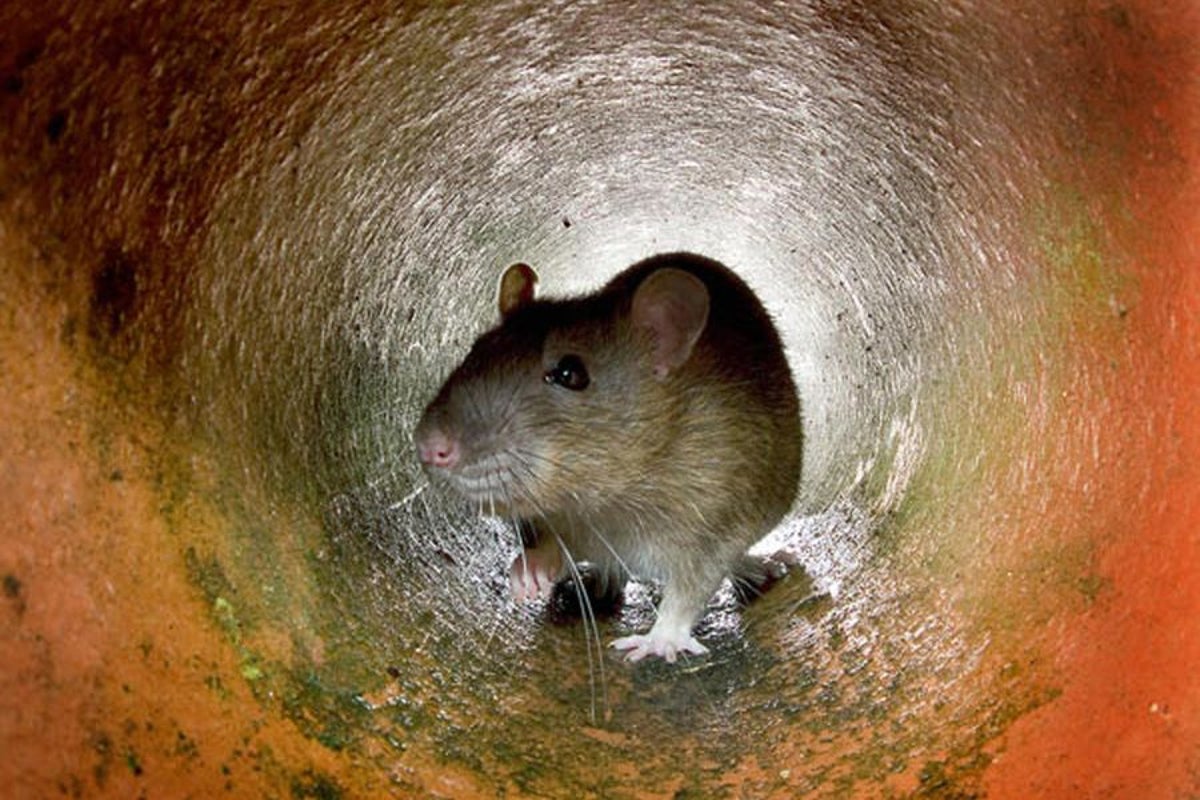
The rats are going Hollywood.
Los Angeles has claimed the top spot on Orkin’s Top 50 Rattiest Cities list, ending Chicago’s decade-long reign.
The city’s warm climate, dense neighborhoods, and abundant food sources make it ideal for rodents, the pest control company says.
Changes in weather, urban infrastructure, and human activity are shifting rodent activity, increasing infestations in cities with moderate climates and expanding urban areas.
Orkin determined its rankings by tracking new rodent‑service calls in owner‑occupied residences between August 20, 2024, and August 21, 2025.
Chicago dropped to second place on this year’s list, followed by New York City in third and San Francisco in fourth.
Last month, a dead rat and a threatening note calling immigrants “vermin” were left outside Chicago Alderman Andre Vasquez’s office amid heightened immigration tensions. Later in September, NYC’s “rat czar,” Kathleen Corradi, who was appointed in April 2023 to reduce the city’s rat population, notably left her position after a largely quiet tenure.
California dominates the list this year with four cities in the top 50, including Los Angeles (No. 1), San Francisco (No. 4), Sacramento (No. 19) and San Diego (No. 24).
The 2025 Orkin Rattiest cities list is as follows:
- Los Angeles, CA (+1)
- Chicago, IL (-1)
- New York, NY
- San Francisco, CA
- Hartford, CT (+8)
- Washington, DC (-1)
- Detroit, MI (+1)
- Philadelphia, PA (-1)
- Minneapolis, MN (+2)
- Denver, CO (-4)
- Cleveland, OH (-1)
- Baltimore, MD (-3)
- Boston, MA (-1)
- Indianapolis, IN (+1)
- Dallas, TX (+7)
- Milwaukee, WI (+3)
- Seattle, WA (-3)
- Atlanta, GA (-2)
- Sacramento, CA (+1)
- Pittsburgh, PA (+1)
- Columbus, OH (-4)
- Tampa, FL (+13)
- Houston, TX (+2)
- San Diego, CA (-6)
- Grand Rapids, MI (+2)
- Miami, FL (+2)
- Cincinnati, OH (+8)
- St. Louis, MO
- Norfolk, VA (-5)
- Greenville, SC (+4)
- Portland, OR (+7)
- Raleigh, NC (-4)
- Orlando, FL (+6)
- Louisville, KY
- Charlotte, NC (-9)
- Kansas City, MO (+9)
- Champaign, IL (+6)
- Phoenix, AZ (-6)
- New Orleans, LA (+1)
- Nashville, TN (-4)
- Flint, MI (+1)
- South Bend, IN
- Albuquerque, NM (-13)
- Madison, WI
- Reno, NV
- Eau Claire, WI
- Richmond, VA (-9)
- Burlington, VT (-2)
- Albany, NY (-18)
- Buffalo, NY (-9)
Rodents thrive where food, water and shelter are readily available. As the seasons shift, animals like rats and mice are more likely to seek warmth and entry points in buildings, making prevention especially important in the fall.
“Rats and mice are more than a nuisance—they’re opportunists,” Orkin Entomologist Ian Williams said in a news release. “If there’s food, warmth and a way in, they’ll find it. And once inside, their constant chewing and rapid reproduction can quickly turn a small issue into a large, expensive one.”
Homeowners in high‑risk cities like Los Angeles are encouraged to inspect their properties for small openings, repair leaks, secure trash containers and call pest‑control professionals when needed.
Besides structural damage from gnawing, rodents are carriers of illnesses, including leptospirosis and salmonellosis.
Rats can transmit leptospirosis through their urine and salmonellosis through their feces, contaminating water, surfaces, or food that humans contact. Both are bacterial infections affecting humans and animals, according to the CDC.
Orkin’s suggests abiding by the four‑step prevention acronym to help against unwanted rodent activity, GNAW, which stands for Guard entry points, Never leave food unattended, Avoid clutter and Watch for signs of activity.
